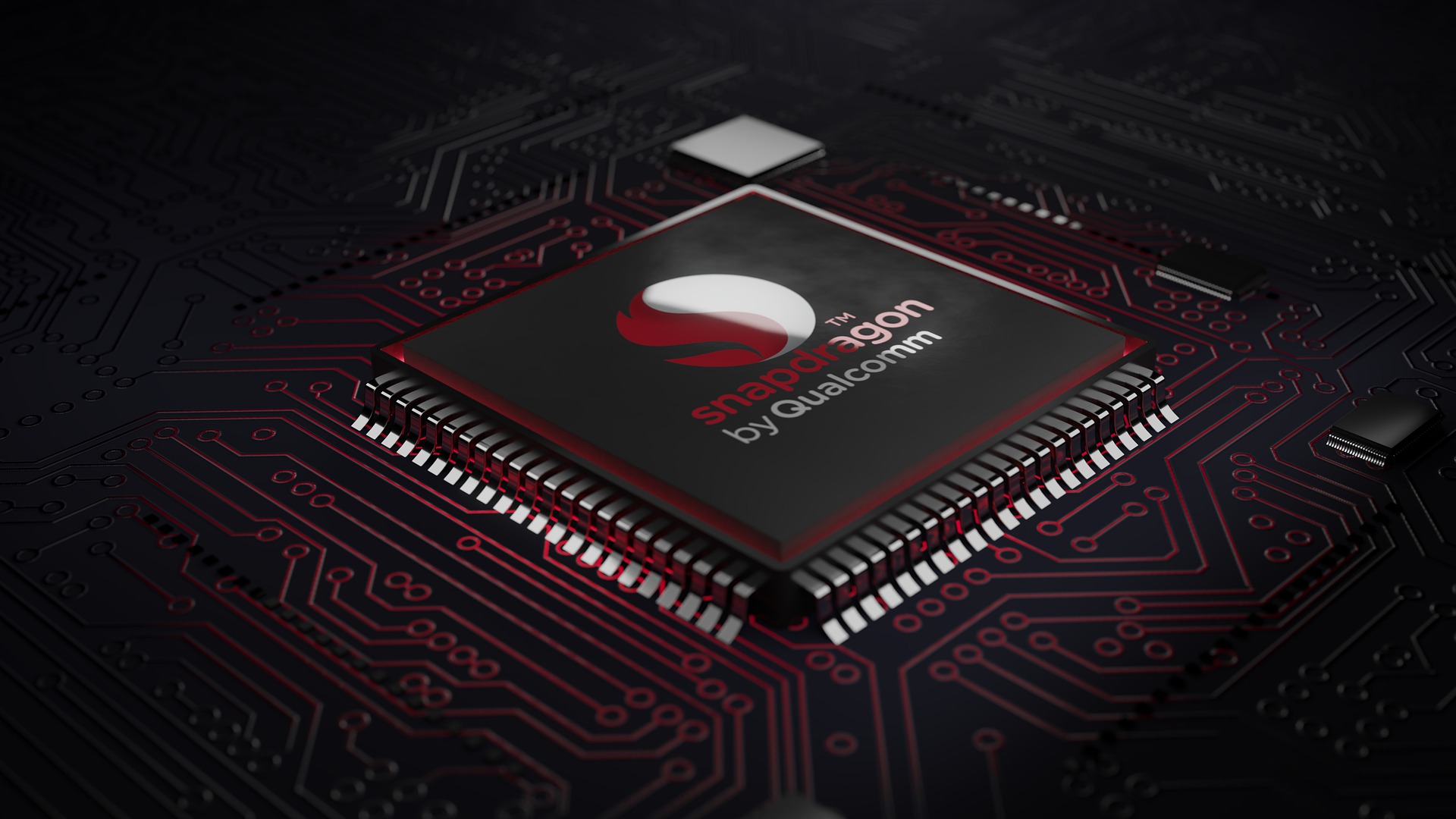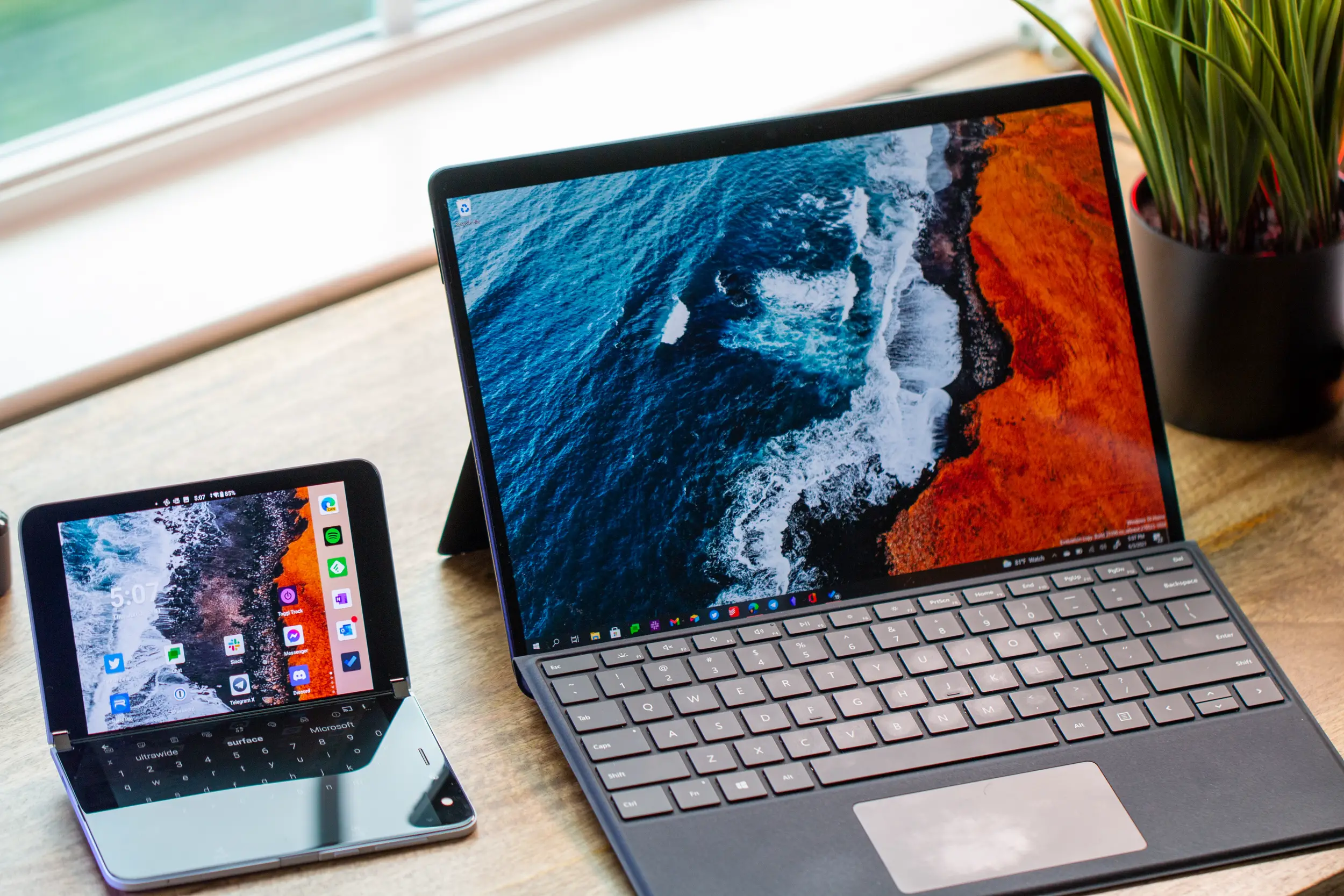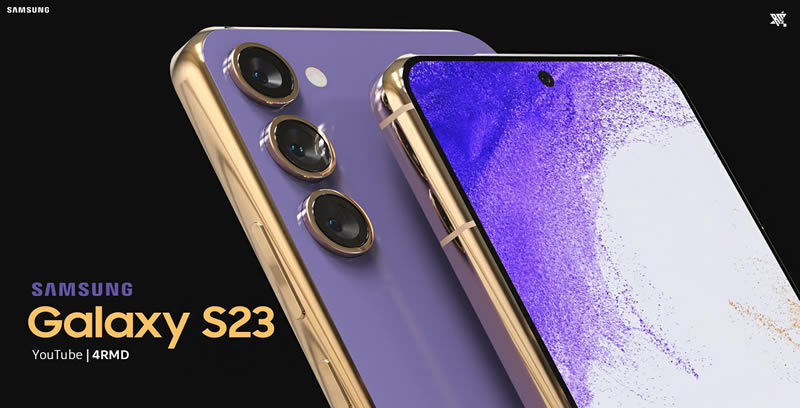
As fast and as powerful as a CPU might be, there are certain limitations. This is why gaming PCs usually have a dedicated GPU to process some of the more intensive tasks. If you're a mobile gamer, then you might want to consider waiting for phones that come with the Qualcomm Snapdragon 8 Gen 4 as it is said to be a great chipset for gaming.
This is according to a post on Weibo by tipster Digital Chat Station who has revealed additional details about the upcoming chipset. According to the post, they claim that the Snapdragon 8 Gen 4 could launch with a new Adreno 830 GPU. The new GPU will come with a clockspeed of 935MHz and support for frame interpolation. This will allow the chipset to run games like Genshin Impact at 1080p resolution at 120 FPS.
The concept of frame interpolation isn't exactly new. It is available on modern day GPUs for PCs from NVIDIA and AMD. Now the good news is that if you bought a phone this year or don't plan to upgrade anytime soon, the report claims that it might not be exclusive to the Snapdragon 8 Gen 4.
The post suggests that Qualcomm could bring the feature to previous-gen chips via a firmware update. This includes the Snapdragon 8 Gen 3 and Snapdragon 8s Gen 3. Despite reports of a high price, the Snapdragon 8 Gen 4 has the potential to be a great gaming chipset.
This will force companies to seek more affordable alternatives. Qualcomm has confirmed that the chipset will debut this October. Xiaomi is also expected to be the first to use the new Snapdragon 8 Gen 4.

The first wave of Qualcomm Snapdragon X Elite computers were recently announced, but if Arm has their way, Qualcomm's ambitions could come to a screeching halt. This comes as the legal battle between Arm and Qualcomm continues, where the former is asking the latter to destroy the Snapdragon X Elite chipset.
According to a report from Reuters, it seems that Arm is arguing that Qualcomm does not have a license to make custom Arm chipsets. For those unfamiliar, Arm's technology is the underlying technology that powers pretty much most of the chipsets you find in phones and tablets these days.
Even the Apple Silicon relies on Arm's technology. However, in Qualcomm's case, they bought a company called Nuvia to help them develop custom cores. This is versus the Cortex series of cores that were designed by Arm. Nuvia had previously had a license with Arm, but when they were bought over, the license was canceled. The company says that Qualcomm would have been required to negotiate a new deal.
In a statement an Arm spokesperson gave to Reuters:
"Arm's claim against Qualcomm and Nuvia is about protecting the Arm ecosystem and partners who rely on our IP and innovative designs, and therefore enforcing Qualcomm's contractual obligation to destroy and stop using the Nuvia designs that were derived from Arm technology."
It is unclear how this will play out and if both companies will come to an agreement, so we'll have to wait and see.

Following the launch of the Qualcomm Snapdragon X Elite chipset last year, we're starting to see a wave of Windows PCs launching this year that are taking advantage of the new chipset. The question is, will it take? According to Qualcomm CEO Cristiano Amon, he believes that Arm Windows PCs could dominate the market.
During a Q&A session held at Computex 2024 in Taipei, Taiwan, he was asked by Paul Alcorn over at Tom's Hardware what he thought about Arm CEO Rene Haas's recent statement. For context, Haas was recently quoted as saying that he expects Arm's chipsets to command a whopping 50% of the Windows PC market in the next five years.
According to Amon, he seems to believe that is realistic. In fact, Amon is not alone. It appears that quite a number of PC makers expect that Arm-powered Windows PCs will account for 40-60% of their total sales within the next few years. That's quite a lot, to be honest, and Intel should definitely be worried.
Intel's x86 chips have been more or less the standard when it comes to PCs over the past few decades. But thanks to Apple Silicon, Apple has proven that you can make a very powerful computer that offers some insane battery life. Intel has kind of responded to that with their latest Lunar Lake chip, a new chip design that features built-in RAM.
Qualcomm is also no stranger to attempting Arm-powered Windows computers, but their earlier efforts didn't really take off in a big way. The Snapdragon X Elite is their latest attempt.

Qualcomm and Apple's chipsets power devices that run on completely different platforms. But they are still in competition with each other over who can create the most powerful hardware. So much so that following the launch of the Apple M4, Qualcomm could be thinking of redesigning its upcoming Snapdragon 8 Gen 4 chipset.
According to a post on X by @jasonwill101, Qualcomm is looking to finalize the redesign of the Snapdragon 8 Gen 4 in June. The chipset was originally intended to come with a targeted frequency of 4.0GHz and above. But now the post claims that Qualcomm will raise the bar with a new targeted frequency of 4.26GHz.
Apparently Qualcomm is doing this in anticipation of the A18 chipsets that will launch later this year. The M4 is used to power Apple's latest iPads and possibly future Mac computers. It is built on TSMC's latest 3nm process. The A18 chipsets are expected to follow in its footsteps.. This means there's a chance that the A18 could be just as powerful.
In light of that, Qualcomm is probably hoping to narrow the gap or even potentially surpass the A18 with this redesign of the Snapdragon 8 Gen 4. Recent reports suggests that the Snapdragon 8 Gen 4 could be a beast in terms of gaming. We'll probably have to wait for the release of both the Gen 4 and A18 to get a better idea.

During the Snapdragon Summit last year, Qualcomm unveiled its new Snapdragon X Elite chipset. This is a new chipset that is designed to compete against the Apple Silicon and bring more Arm-based computers to the market. Now thanks to benchmarks of the Snapdragon X Elite that have been spotted on Geekbench, it looks promising.
This was discovered by Windows Latest who found a benchmark for the Surface Laptop 6. It is widely speculated to be the Snapdragon X Elite, even though the chipset was not identified specifically. According to the scores, it managed to achieve 2,714 for single-core performance and 14,078 for multi-core performance.
For context, Apple's M3 Pro scored 3,084 in single-core and 14,017 in multi-core. While the M3 Pro seemingly leads the way in single-core performance, the Snapdragon X Elite has it slightly beat in the multi-core department according to the benchmarks. That being said, it should be noted that these scores only tell one side of the story. There are other things to consider when purchasing a laptop.
Plus, Qualcomm seems to be mired in some controversy right now regarding its benchmarks. The company has yet to disclose its chip TDP. This means that it is possible that the company's chipsets could be drawing more power than the Apple Silicon. This in turn could give it higher benchmark results. We'll have to wait for the actual laptops to be released to get a better idea.
© 2023 YouMobile Inc. All rights reserved





